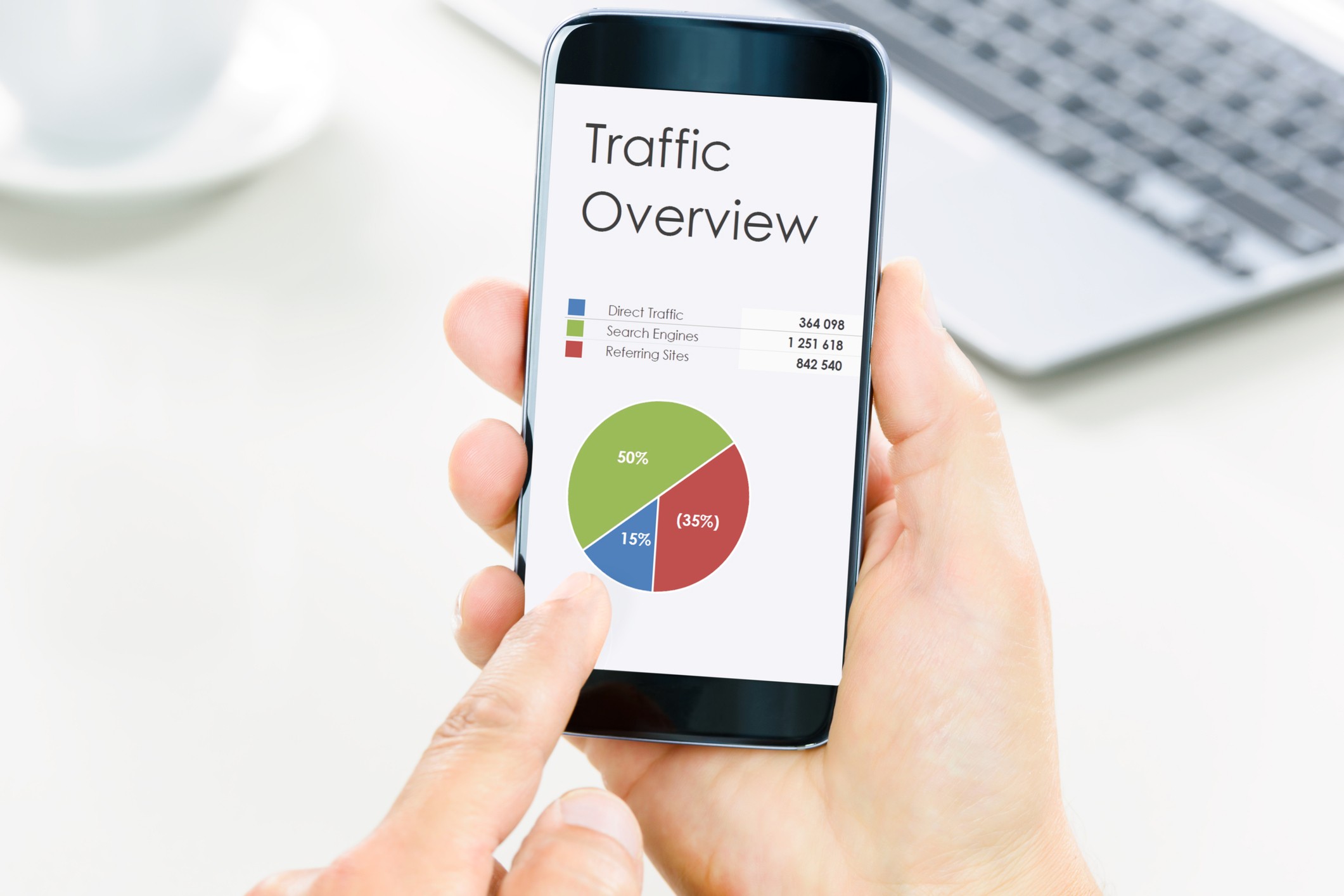Google Analytics for Mobile Apps & Its Top 5 Features- Guide
In today’s mobile-focused world, knowing how users behave in mobile apps is super important for making apps work better. That’s where Google Analytics for Mobile Apps comes in. It’s like a powerful tool that gives us really useful information about how people use apps, what they like, and how well the app is doing. In this simple guide, we’re going to talk about why Google Analytics for Mobile Apps is so important, what it does, how to set it up, and the helpful things we can learn from it. Let’s get started!
Understanding Google Analytics for Mobile Apps

Think of Google Analytics for Mobile Apps as a special tool designed just for mobile apps. It’s like a helpful friend for app developers and marketers. This tool lets them collect information about how people use the app, how much they like it, and other important stuff. Having this data helps them make smart decisions and makes the app even better. It’s like having a guide to show you what’s working well and where you can make things even more awesome!
Explore our Google Analytics services for more information on optimizing your app’s performance and understanding user behavior.
Top 5 Features of Google Analytics for Mobile Apps
1. User Engagement Tracking
Google Analytics for Mobile Apps tells us a lot about how people use the app. It shows things like how much time users spend on it, what pages they look at, and what actions they take. This helps us understand what users like and helps make the app better by adjusting content and features.
2. Conversion Tracking
Knowing if users are doing what we want in the app is super important for it to do well. With Google Analytics, we can set up goals, like buying something or signing up for a newsletter. By keeping an eye on these goals, we can see how well the app is getting people to do what we want them to do.
3. Audience Demographics
Find out more about the people using your app by looking at their demographics with Google Analytics. It tells you things like age and interests. This helps you make the app’s content and marketing strategies better suited to the people who are most interested in it.
4. User Acquisition Sources
Know where users come from to your app—like through searches, social media, or ads. Google Analytics keeps tabs on where users find your app. This helps make marketing better and use resources wisely by focusing on what brings in the most users.
5. Custom Events and Metrics
Make your analytics fit your app by creating custom events and metrics. This means tracking special things users do in the app, like using certain features. Customizing helps you get the data that matters most for your app’s goals.
Implementing Google Analytics for Mobile Apps
Integration Process
1. Create a Google Analytics Account
Start by making a Google Analytics account if you don’t have one yet. Pick the mobile app option and follow the steps Google gives you to set it up.
2. Obtain Tracking Code
After creating an account, obtain the unique tracking code associated with your mobile app property. This code is crucial for linking your app to the Google Analytics platform.
3. Implement Tracking Code
Integrate the tracking code into your mobile app’s source code. This step may require collaboration between developers and marketers. Several development frameworks offer plugins or libraries to streamline this integration process.
4. Set Up Goals and Events
Define goals and events within the Google Analytics interface. Whether it’s tracking app installations, in-app purchases, or specific interactions, setting up goals ensures you monitor what matters most to your app’s success.
Analyzing User Behavior
Interpreting Data for Google Analytics for Mobile Apps
1. User Flow Analysis
Look at how people move around in your app. Google Analytics shows pictures of how users go through your app, helping you see which paths are popular and where there might be issues in how users move through the app.
2. Retention Analysis
Check how many users stick around over time. See if there are patterns in how often people come back to your app. Knowing this helps you figure out how to make users want to keep coming back more often.
3. Conversion Funnel Analysis
Check out the conversion funnel to see where users leave before finishing what we want them to do. Understanding what users do at each step helps us make specific improvements to get more users to complete the actions we want.
4. Segmentation for Targeted Insights
Use segmentation to get detailed insights. Split users into groups based on things like age, where they found your app, or how they use it. This helps us make personalized strategies that work better for each group of users.
5. Real-Time Reporting
Keep up to date with what users are doing right now using real-time reports. This is super useful for checking how things like ads or updates immediately affect the app. It helps us stay on top of things that happen quickly.
Conclusion
In summary, Google Analytics for Mobile Apps is a super important tool for people making mobile apps. It gives a lot of helpful data, helping app creators make smart choices, improve user experiences, and make the app successful. Using Google Analytics for Mobile Apps isn’t just a tech thing; it’s a smart move to understand and make the app better for users in the busy world of Delhi and everywhere else.